Already a subscriber? Activate your premium account
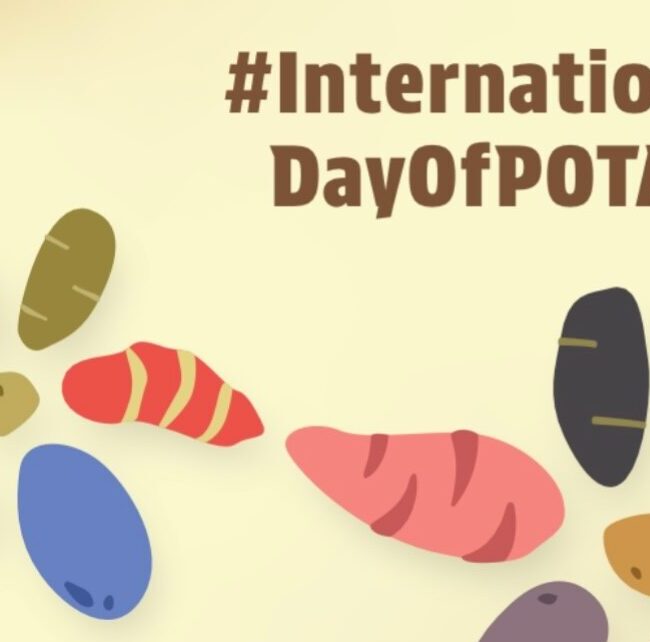
April 23, 2024 | News
Webinar International Day of Potato
World Potato Congress Inc. is pleased to present the Webinar: “International Day of Potato 2024-Harvesting Diversity, Feeding Hope” presented by Dr André Devaux and Dr. Chikelu Mba, April 29, 2024, at 9:00 am Eastern Standard Time (USA/Canada).
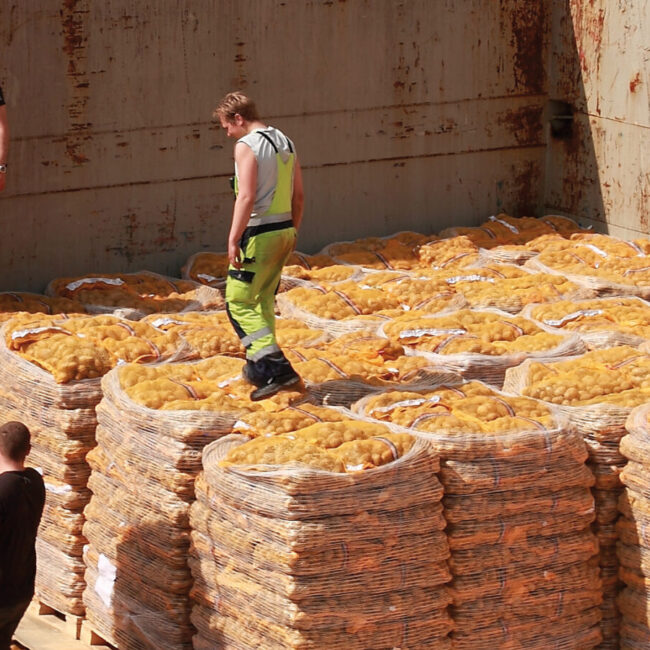
April 03, 2024 | Articles
RUCIP 2012 in force
The international RUCIP Rules and Practices (RUCIP Rules and Practices with accompanying Rules for Expert Assessment and for Arbitration) have been drastically amended. The new RUCIP 2012 came into force on 1 March 2012. As from this date, the rules and practices are applicable on the basis of transactions concluded in accordance with RUCIP.
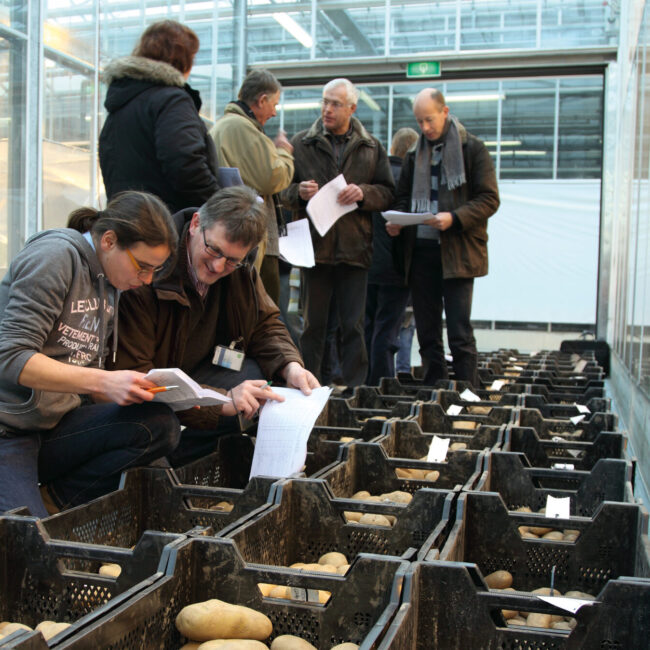
April 03, 2024 | Articles
Bio-Impuls on the right track
It has been three years since the Bio-Impuls Project was started. The principle object of this initiative was to put a stop to the acreage decrease in small-scale, Dutch, organic potato cultivation and to reverse that trend. Recently, all the parties involved in Bio-Impuls came together in Wageningen to review the current situation. It then transpired…
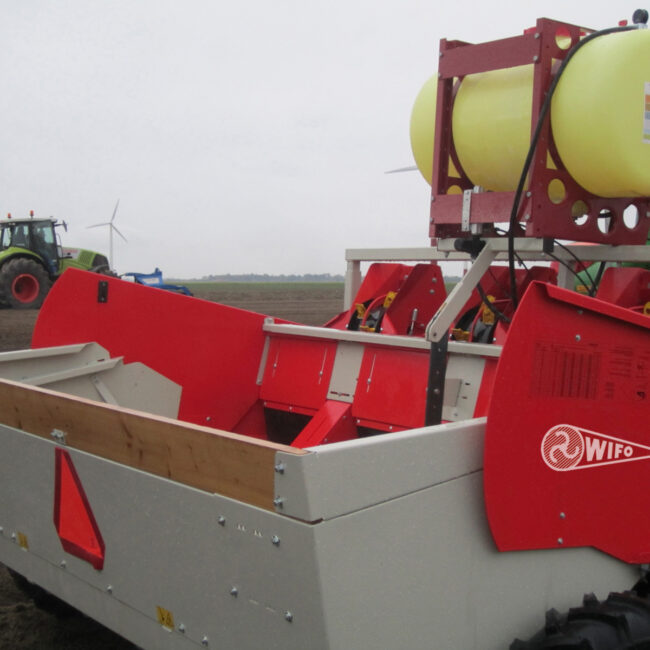
April 03, 2024 | Articles
WIFO takes over planting machinery division of Cramer and Koning and joins APH Group
WIFO Anema from Ferwert, Holland agreed to take over the planting machinery divisions of both Cramer GmbH from Leer, Germany as well as the potato and onion planting division of the company Machinefabriek NP Koning BV (Koningsplanter) from Alkmaar, Holland. This causes WIFO to become a full liner in potato and onion planting equipment.
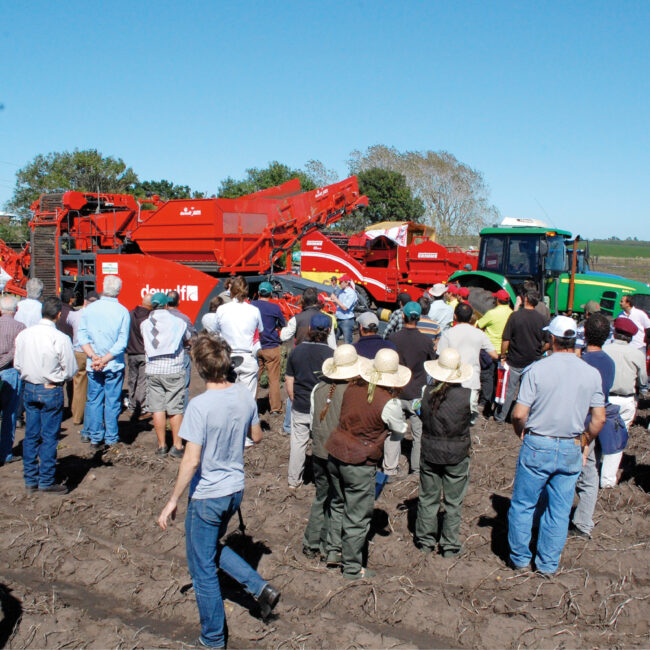
April 03, 2024 | Articles
Official start Dutch 2g@there program GITAH in Argentina
From March 15th till 18th the yearly potato show “Fiesta de la Papa” was held in the town Otamendi in the south-east of Argentina. During this exhibition the GITAH project was launched. GITAH stands for “Grupo de Intercambio Technologico Argentino – Holandes”. This Dutch 2g@there project was initiated by Farm Frites and supported by the…

March 27, 2024 | News
The National Potato Program and its Contribution to Potato Industry Advancement in China
The World Potato Congress Inc. is pleased to present the Webinar: The National Potato Program and its Contribution to Potato Industry Advancement in China” by Jin Liping, April 3, 2024 at 8:00 am Eastern Standard Time (USA/Canada).

March 25, 2024 | Articles
New Restrain generators
As of recently, Restrain has marketed the third generation of equipment for sprout inhibition using ethylene. ‘The new generators are a bit smaller and lighter than the older models, which make them more suitable for use’, according to Dirk Garos.
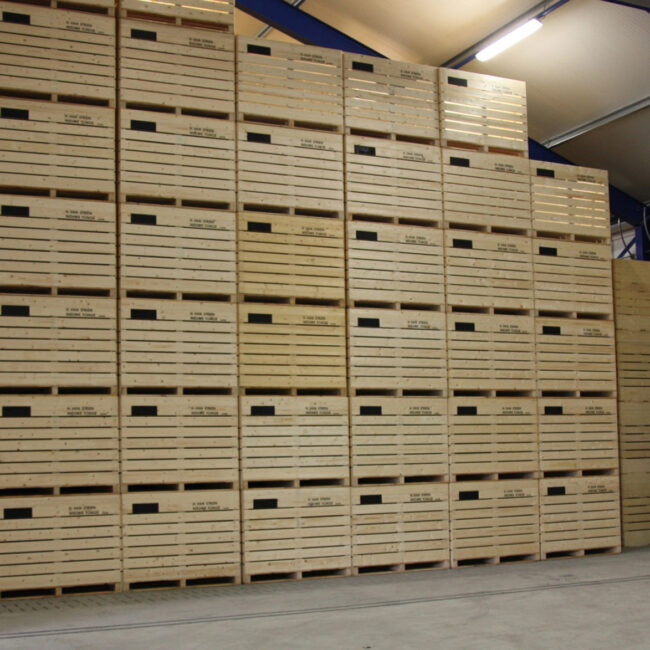
March 25, 2024 | Articles
New panelling for potato stores
Coillte Panel Products is introducing a new type of wall covering for potato stores. This product, which is called SmartPly, has a one-sided finish with a high quality coating. This means that dirt and sources of infection won’t be able to settle in the material.
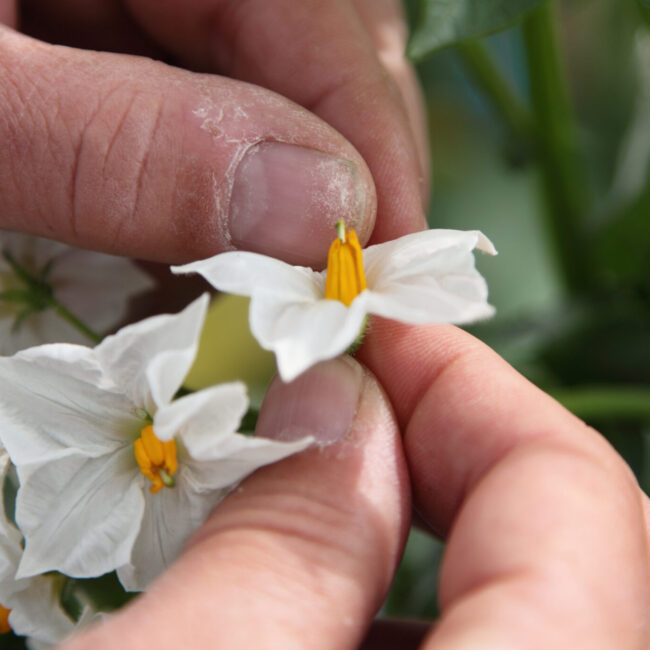
March 25, 2024 | Articles
Patent and breeders’ rights take a step forward
Recently, a big step forward was made to change the imbalance in the patent and breeders’ rights, according to breeders’ organisation Plantum in Gouda. This is partly thanks to Carlo Trojan, chairman of the breeders’ rights committee and former secretary-general of the European Commission.

March 19, 2024 | Articles
European Potato Trade in 2030: a sector in transition
Europatat is glad to announce its annual Congress that will take place in Brussels on 23 & 24 May 2024. The event will count with the presence of author, futurologist, business philosopher and keynote speaker Rik Vera who will give an inspirational keynote speech during Friday’s public session.
©2015 - 2024 Potatoworld | Webdesign and realisation COMMPRO